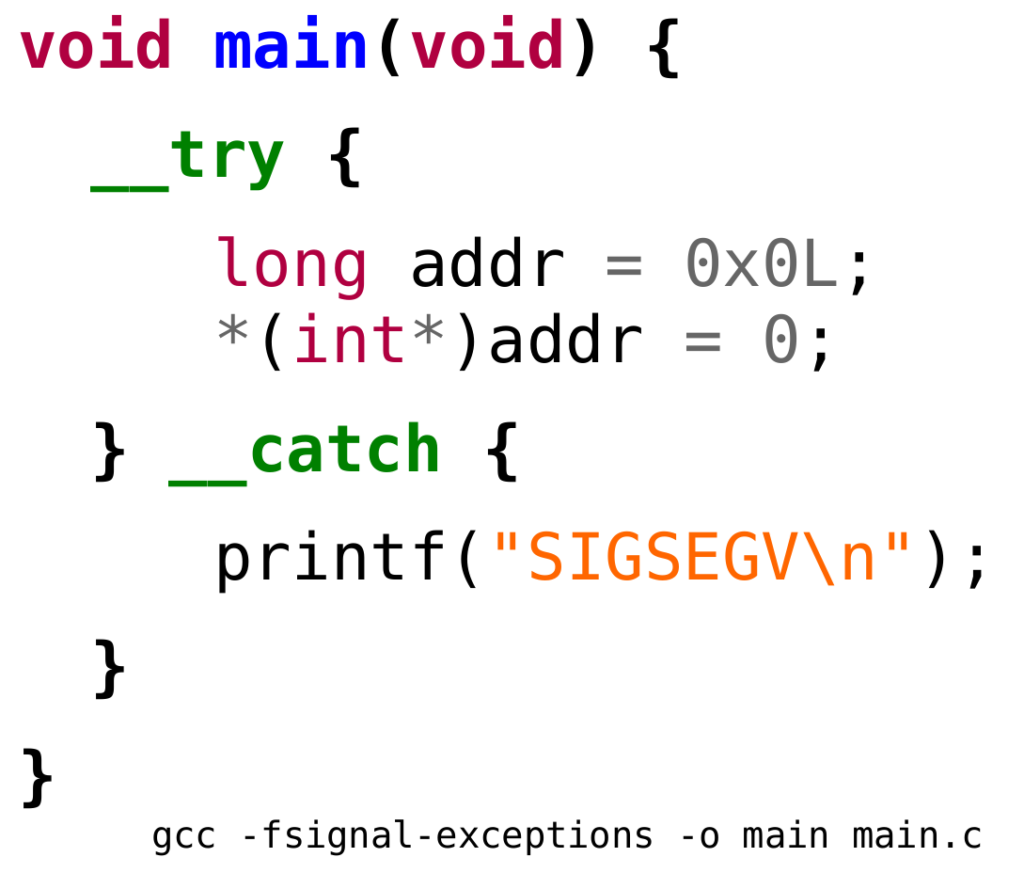
In the previous article (BIOS execution in QEMU: where it all starts) we described how QEMU starts executing the BIOS image and what binary translation means. Even though we found the BIOS image instructions in the host memory and established a sort of correlation to emulated physical addresses executed by QEMU’s CPU, there was still a leap in-between. That is what we will explore now.
Modern CPUs view memory as a virtual and continuous range. A hardware component called MMU (Memory Management Unit) does a translation between virtual and physical addresses, that ultimately go into the system memory bus. To increase performance, MMUs implement a cache scheme called TLB (Translation Lookaside Buffer). These same concepts of ‘translating between two disjoint address spaces’ and ‘caching translations’ are implemented by QEMU’s software MMU (softmmu).
Continue reading “BIOS execution in QEMU: software MMU address translation”



